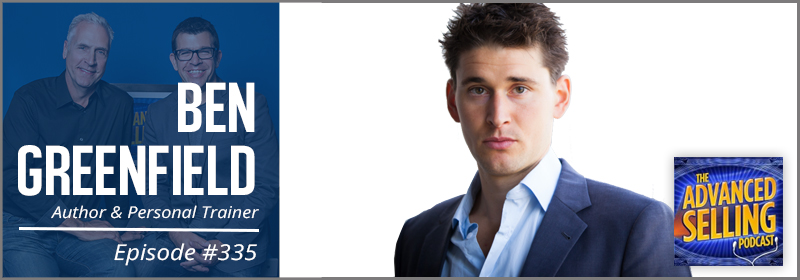How To Write a LinkedIn Article That Generates Interest
When someone asks you to write an article, I realize that you go through all sorts of anguish. It doesn’t need to be that way.
Find a template that works, then the writing of an article is something you can do in an hour.
In this blog, I will lay out the ideal template for LinkedIn articles.
Why You Should Do It
As LinkedIn becomes overwhelmed with posts, the fact is it only a small percentage of your connections actually see your posts. I hear 5-15% of your feed posts are seen by your connections.
On the other hand, articles live forever.
But it must be good and it must bring value to the reader.
If you have followed me for a period of time, you know how important I believe it is to position yourself as an expert in your industry. Articles do that.
Here are my tips:
1. Come up with 10 questions. I like to write an article that has a question in the title. This question must be one that your prospects or clients are currently considering or wrestling with. So come up with the 10 most common questions. Then find one in that list that you can write a good article about.
I suggest your question be either about a) a problem they are having, b) an aspiration they have for their business life, or c) something that’s on their mind as you first start a discussion. In my business, it might be “Why Should I Even Consider Sales Training At This Time?”
2. Make the layout easy to read. Don’t write a 500 word article that has one paragraph. Chances are, this will be read on a persons mobile device so one or two sentences per paragraph is enough. That way when they open it, it doesn’t look overwhelming to them.
3. Start with a story. Tell a story about a prospect that you recently spoke to who was wrestling with this very topic. “Last week I called on John, who was VP of Sales for a mid-sized equipment dealer.” Then, devote a paragraph to the kind of dilemma that he was in when you showed up.
Stories sell.
And since you’ve been in sales longer than a week and a half, you probably have stories that you could tell that draws the reader into the topic.
4. Enrich with media.
You don’t have to do this but it helps with the consumption of your words. Find a graphic or even a video that reinforces the topic or the main points. Insert it into the article.
5. Bullets are OK. 3-5 are enough.
I have a love-hate relationship with bullet points. But when writing an article for LinkedIn, they are useful. If nothing else, it helps you know what the 3 to 5 primary takeaways you want your reader to get from the copy.
If you are looking for a transition from the problem to the solution, one easy way to do it is to say, “As John and I were talking, it occurred to me that the following three things should’ve been on his radar.” Then list the bullets with a sentence or two under each.
6. Call to action. Make it subtle but specific.
This article is no place to make a big pitch for any kind of product. My recommendation would be to simply say, “If you’d like to speak with me more about some of these issues, I welcome your call or email.” Then put your email address there.
7. Create a banner graphic.
If you don’t have a designer to create the graphic, go to canva.com. Get a free account and find a template for “LinkedIn graphic” and use that. Change the colors if you want…and put your name in the graphic as well. Make sure the title is there, and a subtitle that says what the reader will learn.
8. Share your article.
If you are in groups, go ahead and share there. You can even see who viewed your article, along with job title. Data is key. If one of your articles outdrew the others, then double down on that topic. Or, continue to promote it in your feed.
9. Set your profile to Public.
That way, anyone can see it. Or, you can link an email to that article.
LinkedIn articles are in place for two years, whereas your feed falls quickly.
My recommendation would be to write a new article every month. That’s right – monthly. As you do that, you’ll get much better at the process and they will become easier to read and more compelling to your audience.
Then, when you have a meeting coming up where an article might speak to the customer’s plight, you can send them a link. That way they know that you are a good resource for this topic.


